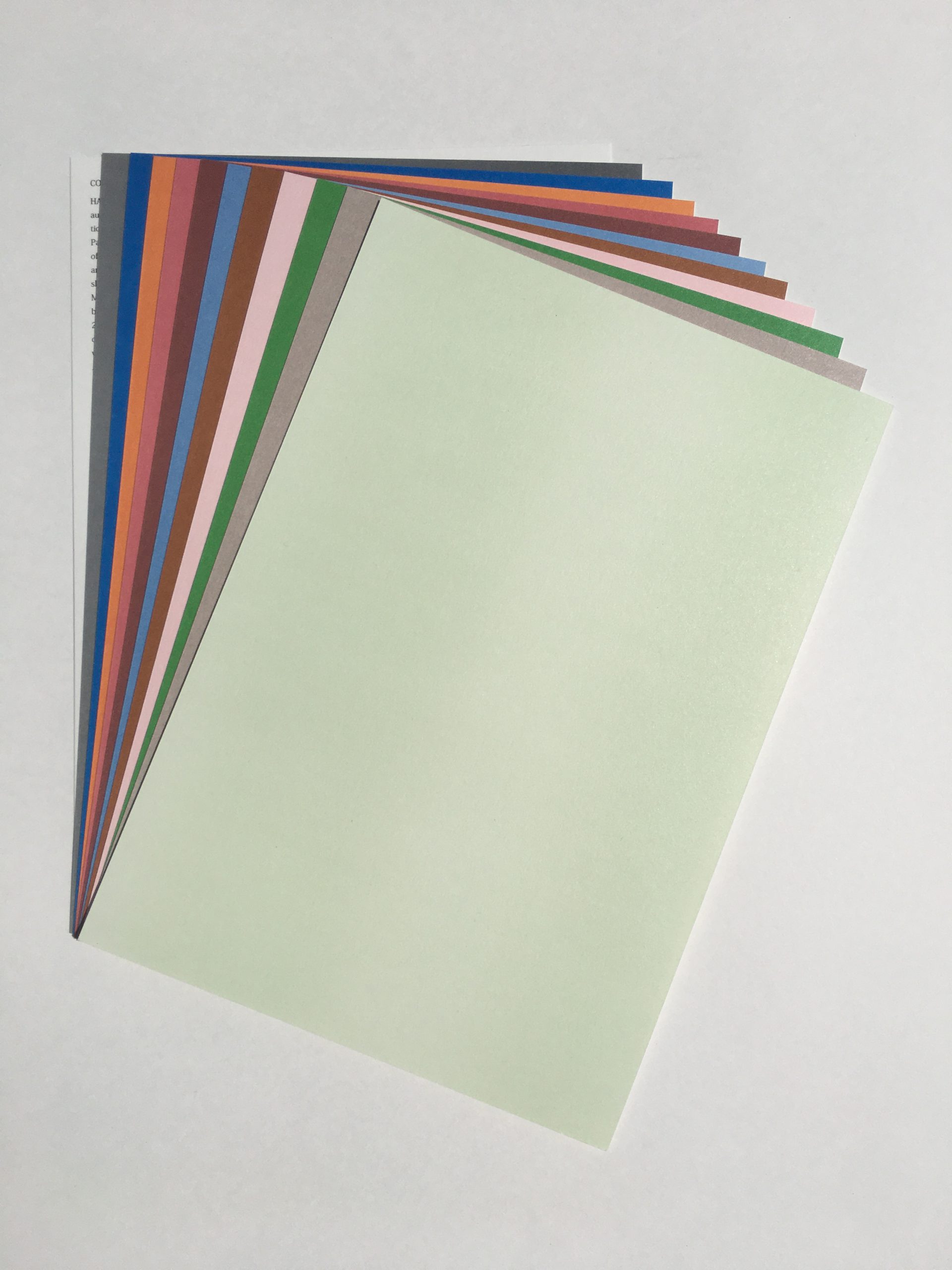Other Colours


I was caught reading on a bench outside of a condominium by a local bookseller. At first, he didn’t recognize me, but we commenced small-talking at once when he realized he had placed his grocery bags down next to one of his regulars. Apparently, his intention for stopping was to take a few pictures of the cherry blossoms surrounding the bench. He remarked on their beautiful blooms as he saw them through the viewfinder of his camera phone. I agreed, because it’s true and difficult to resist their charms, though I try to for the same reasons I have an aversion towards conventionally attractive people. I asked him how things were at the shop and he updated me. Sounded smooth and productive. When he finished documenting the blooms, he asked me what I was doing sitting there. It is not exactly the preference of people in my generation to be seen loitering outside a condo reading The Communist Manifesto. I replied that Main Street is a bit of a runway. With an amused balk, he agreed. He picked up his bags but before going on his way, he inquired about my reading material. I sheepishly raised the cover to reveal a fairly tasteful geometric composition. He said “nice edition” and “see you later”. Turns out we live a couple blocks away from each other.
⁂
People need a place to go where they are not on display. I said let’s meet at Goldstone and I want to sit in a booth. Coffee shops are weird and I don’t seem to like them as much as I used to because the style of the chairs started going back in time, while the customers were clean but lumpen and obviously anxious for some future. I’m not saying that time stands still here when I’m seated in a booth, but it is felt at a comprehensible speed and nostalgia is optional, rather than parcelled into the dining experience. The host waves me over to a two-seater near the kitchen window, but Goldstone isn’t busy right now so I point to the booth behind it. I’m having an off-week and I wouldn’t mind a u-shaped booth. I get a text informing me that she’ll be 15 minutes late, but I don’t mind.
I don’t mind because I have a U-shaped booth. I don’t mind that she’s 15 minutes late even though I got here half an hour early hoping for a solo-soak in the temporary estate of a U-shaped booth; to stare interchangeably between a book, my phone and into a cup of milk tea. I’m obsessed with the shiny milk tea oval in our cups, because reflected in them are the sustained expressions that people make when they come here for the first time and graze the litany of food items on the menu, which taunts indecisiveness from under a thick layer of glass that was wiped a bit too quickly. I know this battle of trying to hide being overwhelmed with options. It’s a modern-day triumph to make a selection. To declare, This is what I like, this is where I like to go. When she arrives, I have a book open on the table, but I look up from my phone and greet her with questions about the day as she unburdens herself of all her things, orders a milk tea and informs me that she didn’t have a hard day at work, but she works hard and her resilience is well-documented.
People need somewhere to go where they can start telling a story that becomes easily derailed when the person you’re telling it to latches onto one of the minor details you include for context, and you let the story go and the conversation just meanders like an improv exercise. The point of the story was a complaint, anyway. People need somewhere to go with an interior that facilitates enough distance so it’s not rude if I don’t come over and make small talk if we happen to be here at the same time. The acoustics manage privacy without enclosure. When our food arrives, it is as unembellished as us. Not even a sprig of parsley that would indicate any given fucks. Our last priority is a dining experience. Here we talk business, neighbourhood, lasting and leaving love, and we are out of earshot of people we don’t know, or like, who also come here a lot; versions of ourselves who went to management school and drive somewhere to drink bubble tea after an arena concert. There is no more pageantry reserved for the dishevelled and unamused, only U-shaped booths to ourselves on a slow night.
